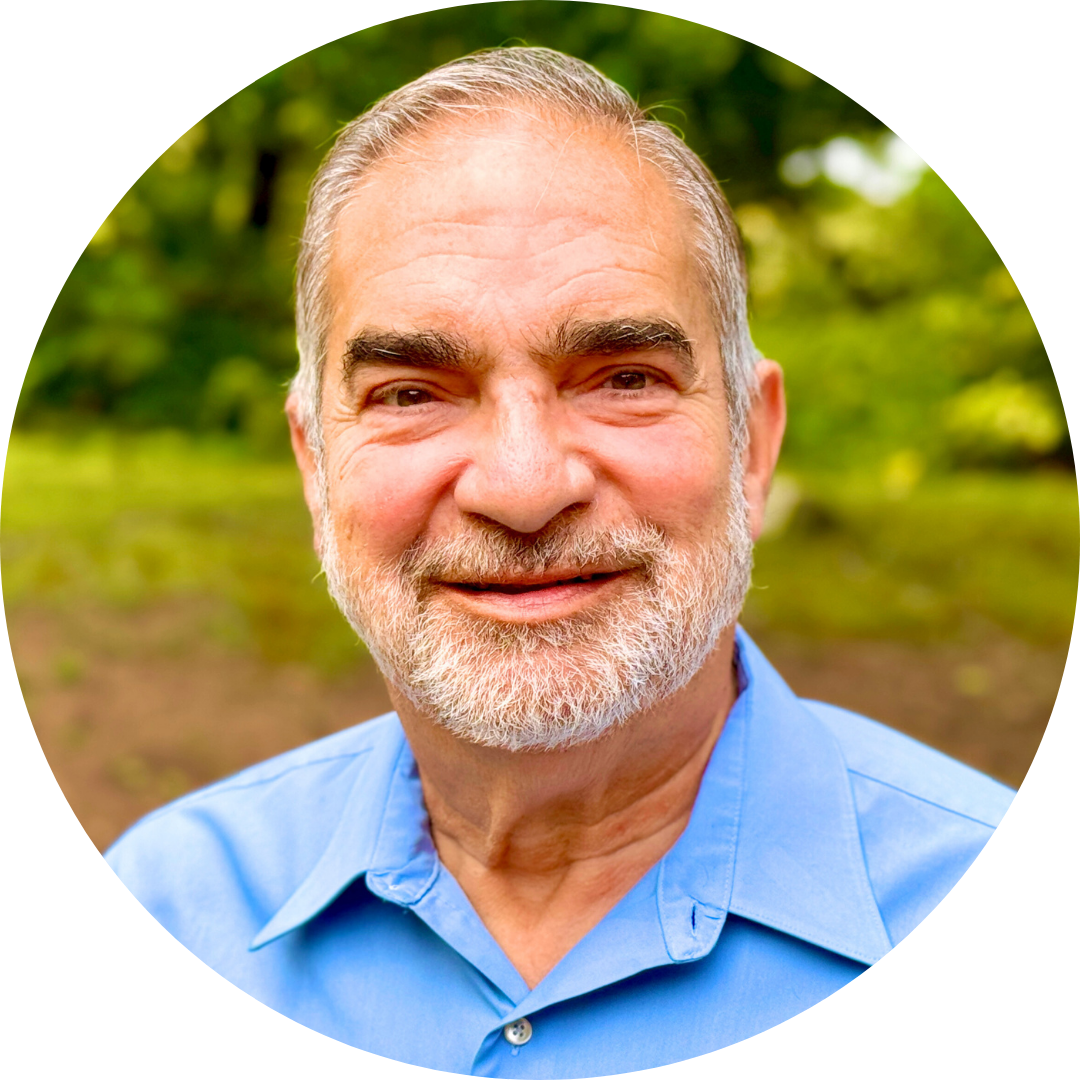With Rosh Hashanah and Yom Kippur approaching, it may be a good time to talk about prayer. A great many of us will find ourselves sitting in synagogue services, not knowing what to do.
How does one pray?
If you were trained as a child or as an adult to read Hebrew words phonetically, you may be less uncomfortable than those sitting around you who are unable to decipher Hebrew letters. You may be able to follow along. You may be able to sing the words of some of the tunes. But reading the words in a mahzor (a prayer book for the High Holy Days) is not praying.
Prayer is a practice, a spiritual practice. The objective of prayer practice is to increase one’s awareness of God, to use tradition language. The medieval teacher Rambam (Maimonides) explained that in prayer, we pour out our hearts like water before the Holy One of Blessing. Not only when we are in pain or in need. He recommends that we pour out our hearts every day, even when there is nothing bothering us.
In English, the word “pray” connotes asking for something—praying for good health, for example, or praying to win the lottery. While there are certainly petitionary prayers in our prayer books, most of our great teachers did not encourage the expectation that if you pray for something, you will be given what you are praying for.
Hasidic teachers like the Slonimer Rebbe teach instead that in matters of the spirit, all of our prayers are answered immediately if we offer them sincerely, with an open heart. “Please help me to be better at loving and receiving love that is offered to me.” “Please help me to heal from my psychic wounds that I have been carrying all these years.” “Please help me to become patient and compassionate.” If we open up our hearts, the Slonimer Rebbe teaches, our prayers will be effective.
Many of us, however, can’t imagine praying because we don’t believe in a God to whom we can direct our prayers. The good news is that lack of belief in God is not such an obstacle to developing a prayer practice.
The Bratslaver Hasidim have a practice called Hitbodedut. You walk out in the field and you talk to…God? The Universe? The Ground of Being? The Void? You talk as if there is someone listening. “I’m really stuck in my job. I need to get up the courage to change. I need help.” “My life partner and I aren’t communicating anymore. We’re like strangers sharing a house.” “I’m still angry at my father, and he’s been dead for years. I need to try to let go. I don’t know how.” “I’m so overcommitted. I don’t know how I’m going to make it through the week.”
This is pouring your heart out. You dig a bit and notice what you are feeling and you offer it up. Not because you believe anyone is listening. But because when you pour out your heart, all that stuff is no longer tied up tight and pressing against your chest from within. And when you let it go, you are no longer all alone in your predicament. You are reaching out to the world around you.
So if you find yourself in synagogue not know what to do, don’t worry about finding the place in your prayer book. Close your eyes. Breathe deeply a few times. Get in touch with what you are feeling. Reflect on what you need help with, what you can’t cope with all by yourself. Ask for what you need to make yourself more at ease, more at peace, more joyous. Ask whether or not you know whom you are asking.
Pour out your heart like water. Take a prayerful leap, and see what happens.








